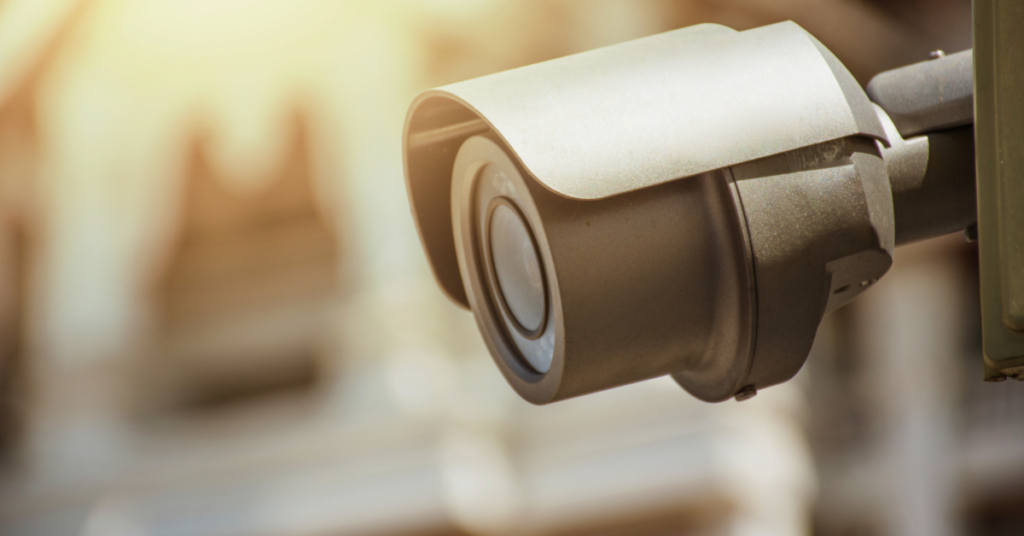In our ever-evolving digital age, where screens dominate our lives, the importance of physical security remains steadfast. This isn’t just about locking doors and setting up fences; it’s a comprehensive approach to protecting our tangible assets, people, information, and critical infrastructure from harm. In this blog, we’ll go over some examples of physical security, and showcase its significance in today’s world.
Access Control: Shielding What’s Valuable
Access control keeps anyone who isn’t authorized to be in a particular space out. Consider this a digital bouncer deciding who’s allowed to enter and who isn’t. The most common example of this system is the simple ID cards many companies use. These can be swiped or tapped to unlock doors and give employees access. Meanwhile, biometrics, using unique traits like fingerprints or eye scans, are an additional safeguarding tool. Sometimes, security guards will be posted to ensure that only permitted people step through the gates. By limiting who can enter, access control helps prevent unwanted personnel or activities.
Securing the Perimeter
You know how children line up toy soldiers to guard the entrance to a castle? Perimeter security works similarly. It establishes a border, making it harder for unwanted visitors to get in. Fences, walls, and barriers act as the first line of defense, telling anyone passing by that this area isn’t for uninvited guests.
Surveillance Systems: Watching Over Us
Think of surveillance systems as your neighborhood watch but with a high-tech twist. Closed-circuit television (CCTV) cameras, sensors, and other modern monitoring devices react in real-time to help keep your location secure. If someone’s up to no good, alarms sound, lights flash, and everything can be locked down like a fortress, while the proper authorities step in to save the day.
Safeguarding
Security personnel act as a building’s bodyguards. They’re highly trained to keep watch, making sure everyone follows the rules. While their mere presence can deter crime, they’re not just for show. In an emergency they become heroes. If there’s a fire, a medical issue, or any trouble, personnel jump into action to make sure everyone stays safe.
Sounding the Alarm on Intruders
Intrusion detection uses techniques similar to setting a trap to catch a sneaky raccoon. Sensors act as super-sensitive eyes and ears. If someone tries to break a window or open a door without permission, they send out a signal setting off alarms, alerting the security team. These sensors are connected to a central monitoring system that’s always on the lookout. So, even if nobody’s onsite, authorized individuals and the proper authorities will be immediately notified.
Securing Our World, One Step at a Time
In a world where it seems as if everything has become digital, physical protection methods still stand as a silent guardian, defending us from tangible threats. By understanding access control, how to guard the perimeter, surveillance systems, security personnel, and intrusion detection, we can appreciate the intricate web of protection keeping us safe. So, the next time you see a CCTV camera or have to swipe an ID card, remember it’s all part of the incredible tapestry of physical security. GEM is happy to help you keep your facility protected. To learn more, read our information on physical security, or get in touch with us today.
